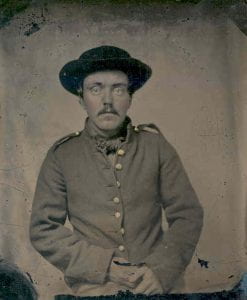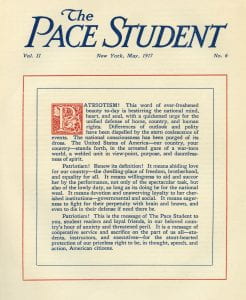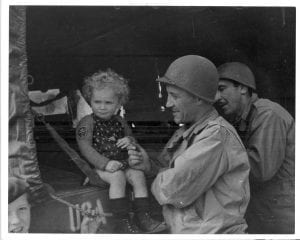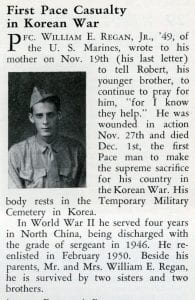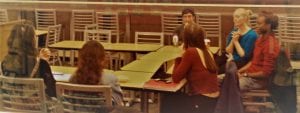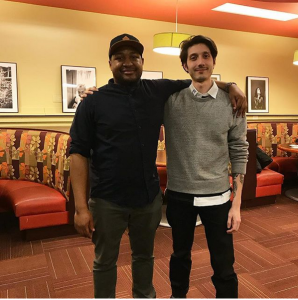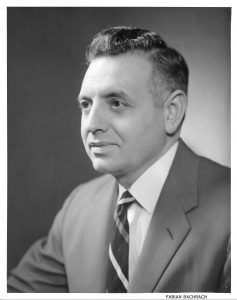This year, Pace University will celebrate Veteran Appreciation Week from November 8–13th.
The commemoration of veterans’ service and sacrifice is nothing new at Pace. Here is a brief look back.
World War I – known as “The Great War” – came to an end at the 11th hour of the 11th month of 1918. In November 1919, President Wilson proclaimed November 11th as the first commemoration of what was then called Armistice Day. It was a day to remember those who had fought in the war, those whose lives were lost and those who returned.
World War I was supposed to be “the war to end all wars”, but we all know it did not. Veterans of World War II and the Korean War were also to be commemorated on November 11th... President Dwight D. Eisenhower made this official, issuing a proclamation on October 8, 1954 officially changing the name to Veterans Day. Its purpose was “to insure proper and widespread observance of this anniversary” and he invited “all veterans, all veterans’ organizations, and the entire citizenry… to join hands in the common purpose.”
Homer Pace was never in the military. His father, John Fremont Pace, had served in the Union Army during the Civil War, but he, himself, was too old when World War I began. However, he was extremely patriotic, organizing a number of programs and events at Pace Institute in support of the war effort. Homer’s son Robert, who became Pace’s second president upon his father’s death, interrupted his presidency to enlist in the Army in 1942. After his return in 1946, he saw to it that all Pace students fighting for their country were acknowledged. This included PFC William Regan, Pace’s first Korean War casualty.
This November, we take a moment to remember them all as we commemorate Veteran’s Day.
Today’s photographs are:
1) John Fremont Pace, taken during the Civil War
2) “Patriotism”, an article on the front page of the April 1917 issue of The Pace Student, a magazine edited and published by Pace for its students and alumni
3) Normandy, 1944 – a photo taken by Robert Pace in Normandy shortly after D-Day
4) “First Pace Casualty in the Korean War”, an article from the February 1951 issue of the Pace Alumni Magazine, and an article remembering the first Pace casualty in the Korean War, PFC William Regan.
– Ellen Sowchek, University Archivist
